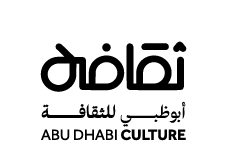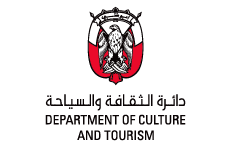Cooked on a special pan over high heat, rather than in an oven, Rigag bread is a favourite staple of the Emirati kitchen
One of the most well-known breads in the United Arab Emirates and wider Gulf region is the wafer-thin Rigag bread. Cooked on a special pan over high heat, this bread is often prepared for breakfast and often is incorporated into foods served during the Holy Month of Ramadan.
Usually, toppings such as cheese, eggs, honey and mhyawa (a thick fish paste) are added while the bread cooks. The finished dish, which looks similar to a crepe, is eaten hot.
The dough is made using only three ingredients: whole-wheat flour that is sometimes mixed with No. 1 and No. 2 flour, water and salt. It does not contain other common bread ingredients such as ghee, milk or yeast. Cooked on a wide flat cooking surface or large pan over a high heat, the soft dough is spread thinly and then cooked until crisp.
A wide metal spatula is used to prevent the bread from sticking to the pan. It also is used to serve the bread on to a plate.
In the past, Rigag bread dunked in milk or yogurt could form an entire meal. For Ramadan iftar or suhoor meals, the bread is sometimes broken up and sprinkled into chicken or lamb stews.










